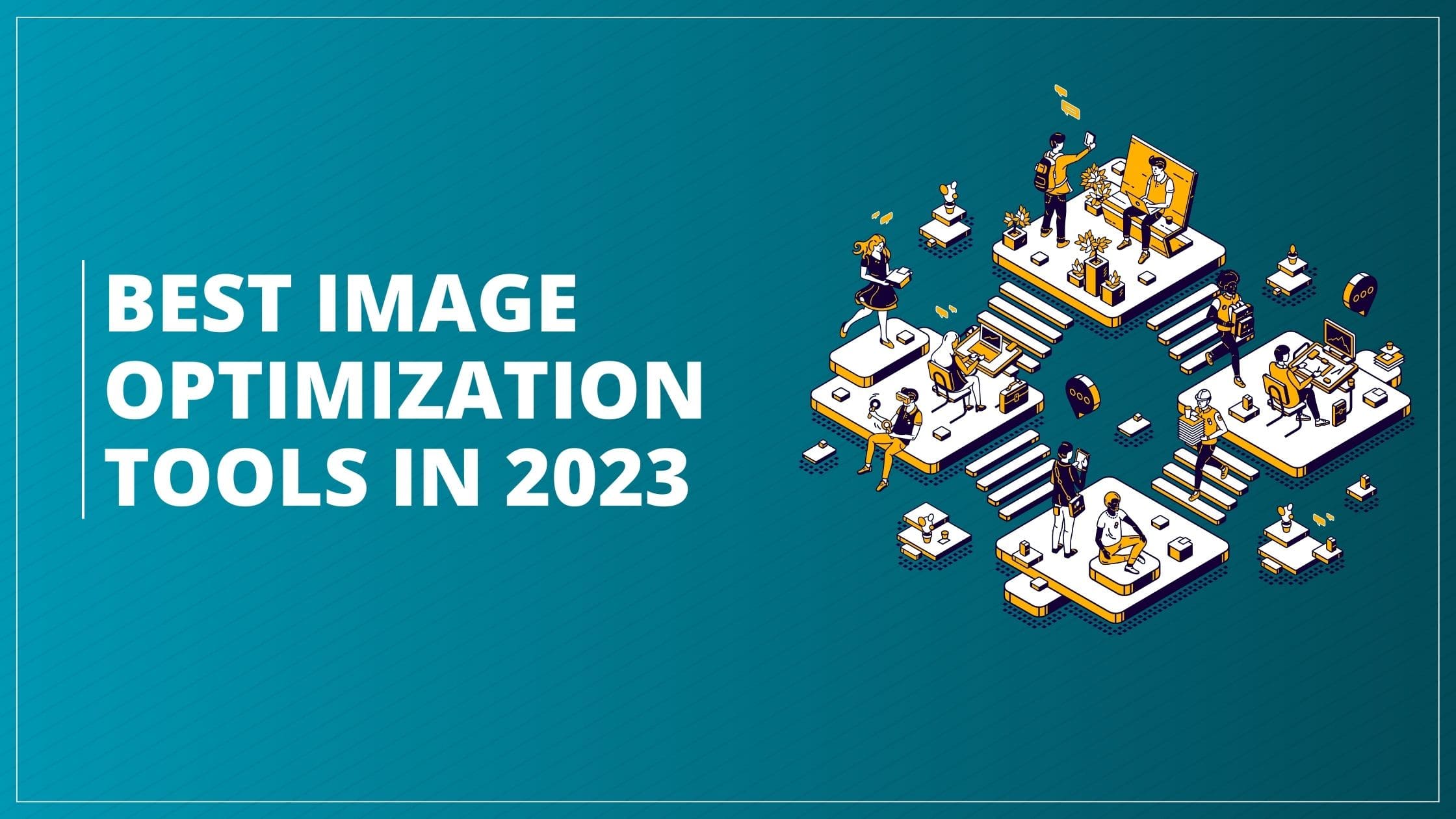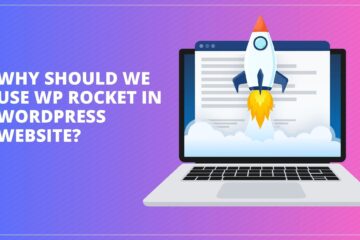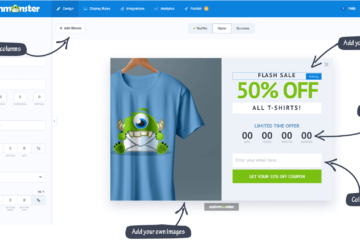Image optimization remains a critical aspect of enhancing website performance, user experience, and search engine rankings. As the demand for faster-loading, high-resolution images surges, web developers and designers seek the best image optimization tools to stay ahead of the curve. Here we are going to discuss about the Best Image Optimization Tools in 2023.
In this article, we delve into the realm of cutting-edge image optimization tools that have proven to be game-changers in 2023. From compressing file sizes without compromising quality to harnessing the power of next-gen formats like WebP and AVIF, these tools are on a mission to revolutionize the way we handle images on the web.
Why Should We Use Image Optimization Tools In 2023?
In today’s digital landscape, visuals are at the forefront of communication, branding, and audience engagement. From websites and social media to applications and online marketing, images play a pivotal role in captivating users’ attention and conveying messages effectively. However, the use of high-quality images often leads to larger file sizes, which can have adverse effects on various aspects of digital presence.
That’s where image optimization tools step in to address this challenge. These tools are designed to compress and reduce image file sizes without compromising visual quality. As we move further into 2023, it’s essential to recognize the importance of leveraging these tools.
What Are The Best Image Optimization Tools?
When it comes to image optimization, there are several excellent tools available in the market that can help businesses and individuals achieve fast-loading, visually appealing images. Here are some of the best image optimization tools in 2023:
TinyPNG
TinyPNG is a widely-used internet-based image compression tool, known for its ability to significantly decrease the file size of both PNG and JPEG images with great efficiency. It uses smart lossy compression techniques to maintain high visual quality while significantly reducing image sizes. The tool is user-friendly and supports batch processing, making it easy to optimize multiple images at once.
Compressor.io
Compressor.io is another web-based image optimization tool that supports various image formats, including JPEG, PNG, GIF, and SVG. It employs advanced algorithms to compress images without compromising quality. The tool also provides a convenient side-by-side comparison of the original and optimized images, allowing users to make informed decisions.
ImageOptim
ImageOptim is a popular desktop application available for macOS that focuses on lossless image compression. It integrates multiple optimization libraries to deliver maximum file size reduction without any loss of image quality. This tool is especially useful for designers and developers looking to optimize images locally on their machines.
Kraken.io
Kraken.io is a robust image optimization API and online tool that offers both lossless and intelligent lossy compression options. It provides users with flexibility and control over the level of compression applied to images. Kraken.io also supports converting and optimizing animated GIFs.
Also Read: Why Should We Use WP Rocket in WordPress Website?
Optimole
Optimole is a WordPress plugin that automatically optimizes images on the fly as they are uploaded to your website. It delivers images through a global content delivery network (CDN) and uses adaptive image resizing to serve the most suitable image size for each user, based on their device and screen resolution.
EWWW Image Optimizer
EWWW Image Optimizer is another WordPress plugin that offers lossless and lossy image compression. It optimizes images upon upload and can also bulk optimize existing images in your media library. The plugin provides options to exclude specific image sizes and supports WebP image format conversion.
Squoosh
Squoosh is a powerful web application developed by Google that allows users to interactively adjust image compression settings and see real-time previews. It supports various image formats, including WebP, and provides advanced options for fine-tuning compression.
ShortPixel
ShortPixel is a versatile image optimization plugin available for WordPress and other platforms. It offers lossy, glossy, and lossless compression options and can optimize both new and existing images. The plugin also includes a backup feature, allowing users to revert to the original version of an image if needed.
Do Image Optimization Tools Provide Other Benefits?
Image optimization tools offer a range of valuable benefits. They help save bandwidth by compressing images, resulting in cost savings for website owners. Mobile users also benefit from a better experience, as optimized images load quickly and seamlessly on their devices. Moreover, faster-loading images contribute to higher conversion rates, as users are more likely to engage with and complete desired actions on a website. Social media sharing is also enhanced, as visually appealing and fast-loading images tend to be more shareable, increasing content visibility. Image optimization further supports SEO efforts, as improved loading times can positively influence search engine rankings and organic traffic. The overall user experience is enhanced with optimized images, leading to higher satisfaction and increased engagement. Lastly, optimized images help reduce bounce rates as users are more inclined to stay and explore content on websites that load quickly and smoothly.
FAQs
What are some methods to optimize image quality?
Achieving maximum image quality involves employing the appropriate camera for the task at hand. However, in cases where this is not feasible, or when seeking to enhance older digital photos, leveraging software like Adobe Photoshop and Adobe Photoshop Lightroom can be beneficial. By experimenting with Super Resolution and resampling techniques, you can explore the extent to which you can enhance your image quality.
Which image encoding method is considered the most suitable?
The choice of the best image encoding method depends on the nature of the images. For photographs, JPEG is commonly preferred due to its efficient compression and compatibility. However, for other types of still images requiring lossless quality and support for alpha transparency, PNG is the recommended option. Both JPEG and PNG find extensive use in various scenarios, depending on the specific image requirements.
Bottom Line
Image optimization tools play a vital role in enhancing website performance, user experience, and search engine rankings in 2023. These tools are revolutionizing the way images are handled on the web, catering to the growing need for visually captivating content without compromising loading speeds. Embracing image optimization tools is crucial for businesses and individuals seeking to excel in the ever-evolving digital landscape, where visuals are a key element of effective communication, branding, and audience engagement.
Must follow www.roysumit.com for future updates.



